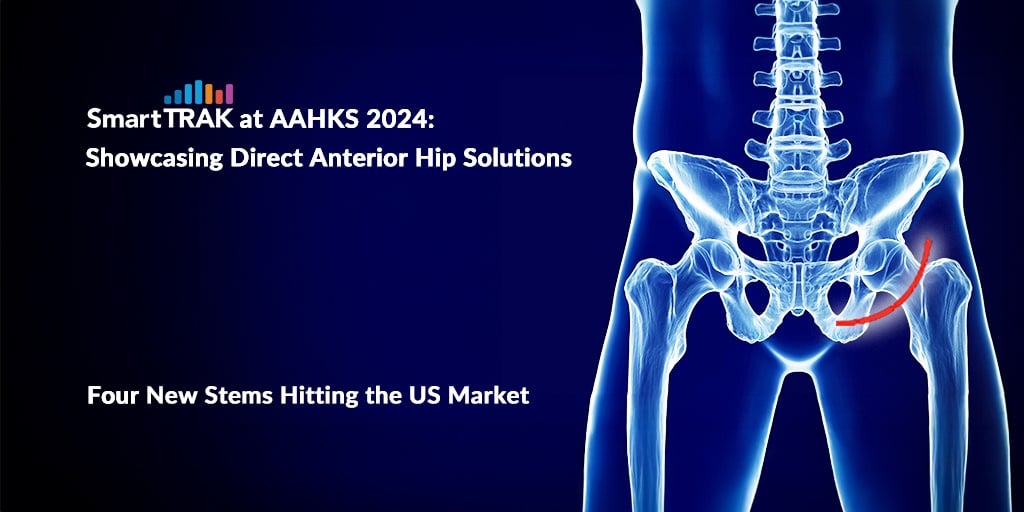Patient demand, enabling technologies and the ASC shift create a perfect storm for the direct anterior approach (DAA).
The adoption of the direct anterior approach (DAA) for total hip arthroplasty (THA) has accelerated dramatically in the US, cementing its position as a leading technique. Data from the American Association of Hip and Knee Surgeons (AAHKS) reveals a surge in utilization among its members, from 40% in 2018 to 56% in 2022. Based on the trajectory of this growth, SmartTRAK estimates that by 2030, 77% of US orthopedic surgeons will be using the DAA technique for appropriate primary THAs. Pinpointing the number of hip replacements performed using the direct anterior approach is difficult, as no procedure codes specify the technique. However, based on surgeon utilization rates, considering not all patients are candidates for this technique, SmartTRAK estimates that 30% of all hip replacements are currently performed via DAA. This rapid market shift is more than a clinical preference; it reflects a convergence of powerful market forces, including intense patient demand for faster recovery, the economic imperatives of outpatient surgery and a burgeoning ecosystem of enabling technologies designed to shorten the procedure's formidable learning curve.
The topics covered in the complete downloadable article are:
- What’s Driving the Shift?
- The DAA's growth trajectory is uniquely fueled by forces outside of traditional clinical evidence channels. A primary driver is ... (read more)
- Is the Clinical Evidence Settled?
- The clinical debate over DAA is maturing, moving from simple claims of superiority to a more nuanced understanding of its risk-benefit profile. The evidence to date clearly shows ... (read more)
- How is Technology Fueling the Growth?
- The expansion of DAA is now inextricably linked to enabling technologies designed to improve reproducibility and mitigate its challenges. The competitive landscape has shifted, with companies focusing on ...(read more)
- Strategic Implications and Future Outlook
- Despite its rapid and widespread adoption, key questions remain, particularly regarding ... (read more)
Curious about the reasons behind this rapid market shift to the direct anterior approach (DAA) for total hip arthroplasty? Click below to read the comprehensive market outlook article "DAA's Ascent: Reshaping the US Hip Market" by Lisa Mahan, SmartTRAK's VP of Product Development & IT, Sr. Analyst Total Joints.







 Recent patent applications reveal an industry focus on developing acetabular solutions
Recent patent applications reveal an industry focus on developing acetabular solutions








